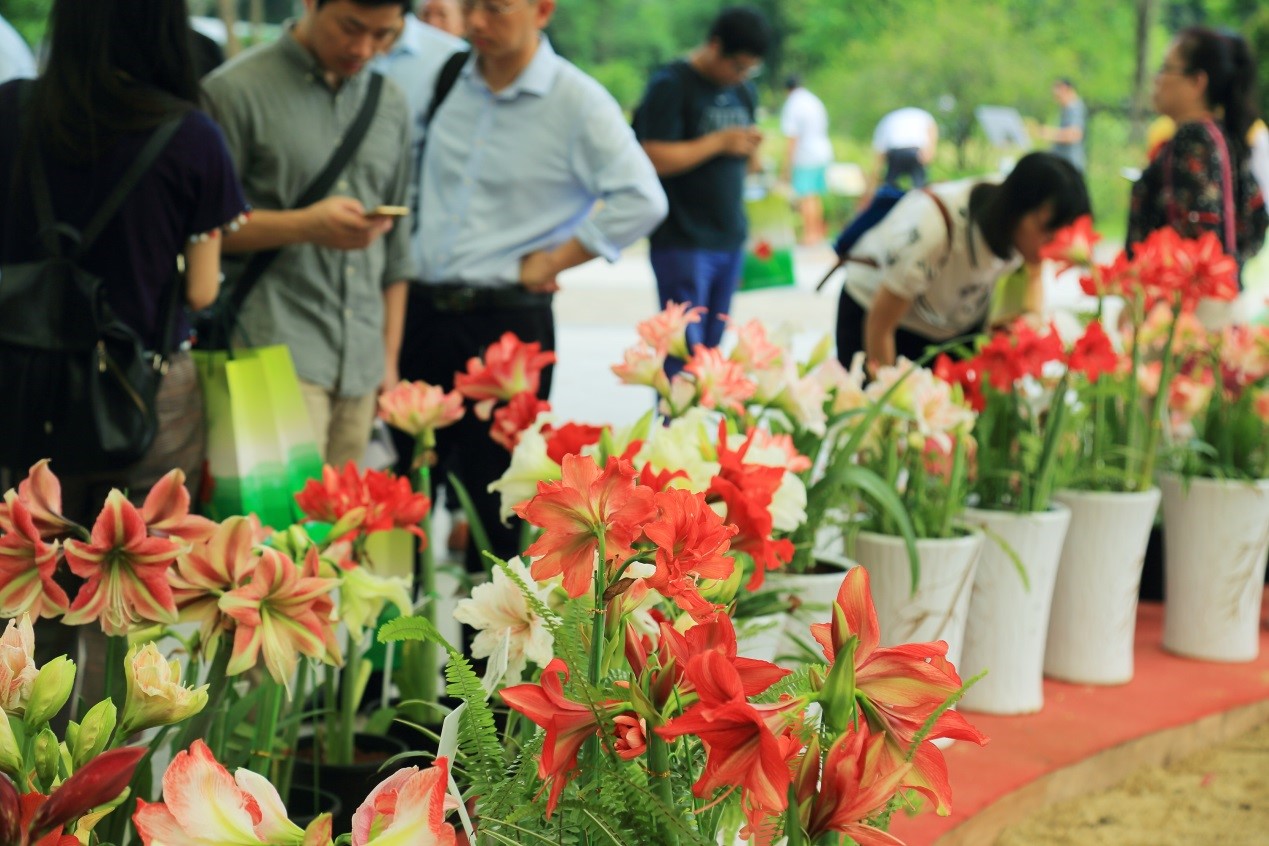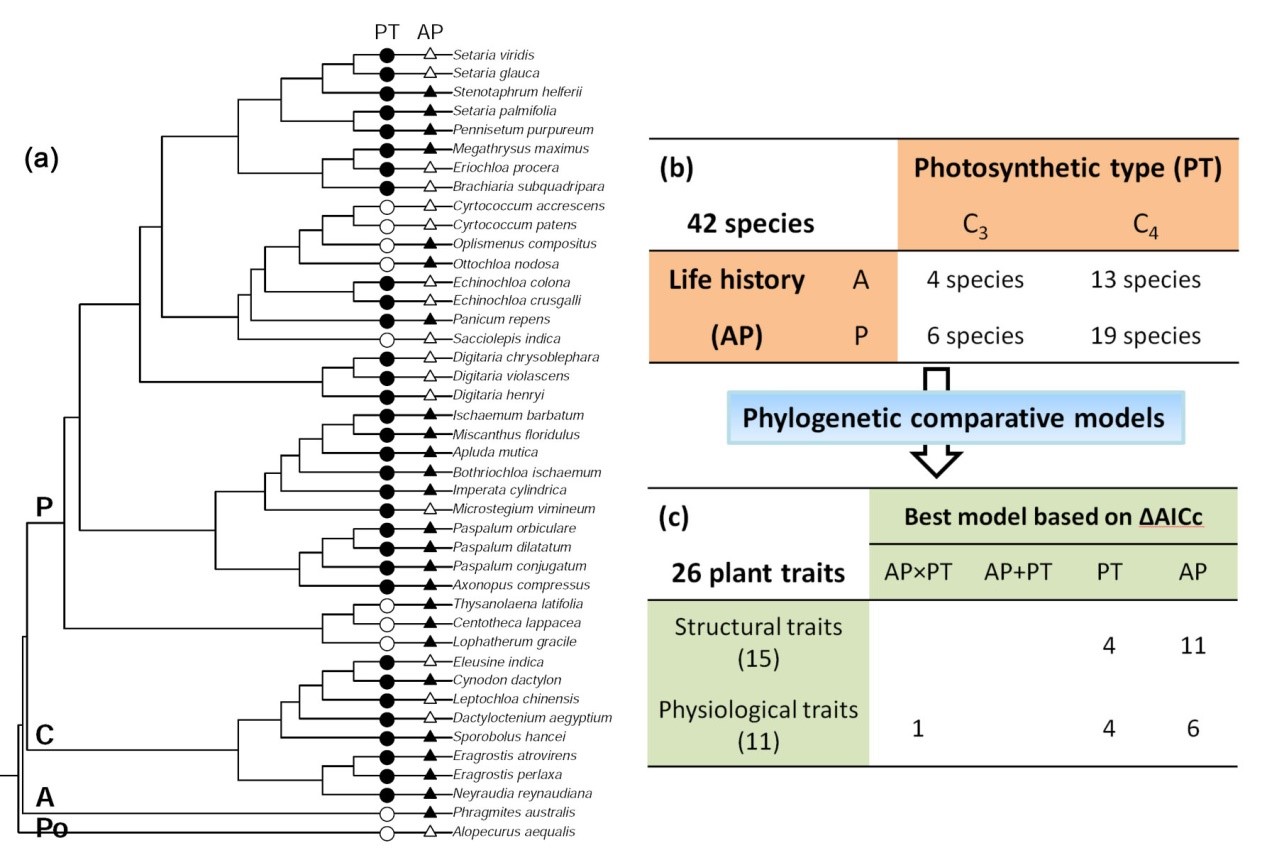News
-
2019-05-22Interactive effects of nitrogen and phosphorus additions on plant growthJIANG Jun performed a meta-analysis of 133 independent studies conducted in four natural terrestrial ecosystems to examine the interactive effects of N and P additions on ten plant growth-related variables. Author: JIANG Jun E-mail: jiangjun@scbg.ac.cn Paper link: https://doi.org/10.1007/s11104-019-04119-5 Plant growth in terrestrial ecosystems is commonly limited by nitrogen (N) or phosphorus (P). At high latitudes, temperature is low, soil N mineralization is also low, and plant growth is often limited by available N. In tropical forests on old soils, available soil P is low, and plant growth is often limited by P. In recent years, co-limitation...Read More
-
2019-05-22Nitrogen-phosphorous interactions can promote plant uptake of both nutrientsChinese researchers have disclosed that the nitrogen and phosphorous interactions can promote uptake of both nutrients by plants. (Xinhua) Chinese researchers have disclosed that the nitrogen and phosphorous interactions can promote uptake of both nutrients by plants.Read More
Nitrogen and phosphorus are two of the essential nutrient elements for plant growth. But how the interactions of the two elements differ among different terrestrial ecosystems remains unclear, according to the res... -
2019-05-16Precipitation or Phylogeny: Which Drives the Variation of Plant Hydraulics of Subtropical Trees?Author: LIANG Xingyun E-mail: liangxingyun@scbg.ac.cn Paper link: https://authors.elsevier.com/a/1YgZzcFXJSYMP In a recent article in Agricultural and Forest Meteorology, a research group led by Professor YE Qing of South China Botanical Garden (SCBG) of Chinese Academy of Sciences (CAS), has made advances in understanding the drivers of the va... Plant hydraulic traits represent strategies of water transport efficiency and safety, affecting the growth, survival and distribution of trees under different environmental conditions.Read More
Although both can contribute to the variation of plant hydraulic traits, the effects of environment and phylogeny have not been clearly distinguished.
In ... -
2019-04-282019 South China Botanical Garden Hippeastrum Herb. Exhibition Open SoonAuthor: LI Biqiu Translator: TAN Jie E-mail: lbq@scbg.ac.cn The stunning 2019 South China Botanical Garden Hippeastrum Herb. Exhibition will be held in the greenhouse scenic spot of South China Botanical Garden from April 29 to May 20.Read More
-
2019-04-16Advances in species speciation of fig waspsAuthor: Yu hui E-mail: yuhui@scib.ac.cn Paper link: https://doi.org/10.1111/mec.15046 Previous studies generally believe that figs and fig wasps are co-evolutionary and co-speciation. However, the discovery of different species of pollinating fig wasps on the same host indicates that some fig wasps and their hosts did not evolve at the same time and co-speciation, and the situation should be more complicated: after the formation ...Read More
-
2019-04-04Are reproductive traits of dominant species associated with specific resource allocation strategies during forest succession in southern China?Author: HAN Taotao E-mail: hantt@scbg.ac.cn Paper link: https://doi.org/10.1016/j.ecolind.2019.03.007 Plant reproductive traits (e.g. seed traits, reproductive phenology, etc.), which can reflect the adaptation of plants to the environments, are important indicators for predicting the impacts of global climate change on plants and vegetation. However, due to the great variances in reproductive strategies among different species, the establishmen...Read More
-
2019-03-25Life history is a key factor in explaining functional trait diversity among subtropical grassesAuthor: Dr. LIU Hui E-mail: hui.liu@scib.ac.cn Paper link:: https://doi.org/10.1093/jxb/ery462 Poaceae is the most economically important vascular plant family, containing many dominant species in various biomes. Since C4 photosynthetic pathway was discovered in 1966 in sugarcane, Poaceae has been focused to study ecophysiological, geographic and evolutionary differences between C3 and C4 species. Although there are large area grasslands ...Read More
-
2019-03-19Flora of the South China Sea Islands was publishedAuthor: WANG Faguo (SCBG) E-mail: wangfg@scib.ac.cn Recently , the monograph named Flora of the South China Sea Islands was published by the China Forestry Publishing House . The editor-in-chief of the monograph was professor XING Fuwu of South China Botanical Garden , Chinese Academy of Sciences ( SCBG ) .After China liberation , scholars f... Recently, the monograph named Flora of the South China Sea Islands was published by the China Forestry Publishing House. The editor-in-chief of the monograph was professor XING Fuwu of South China Botanical Garden, Chinese Academy of Sciences (SCBG).Read More
The South China Sea Islands, consisted of four island groups, namely Xisha Qundao, Nansha Qu...

